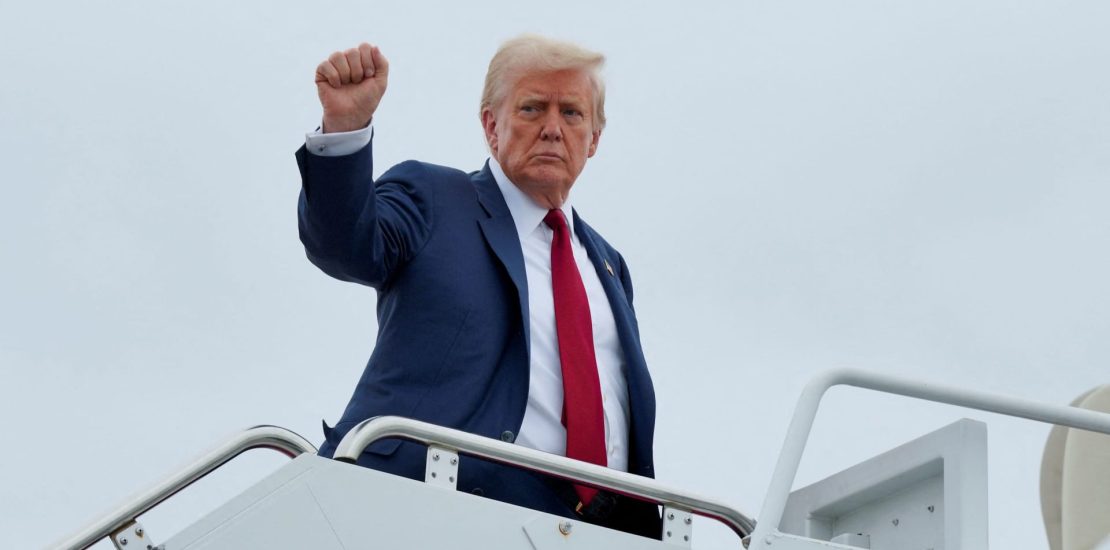- August 2, 2025
- Posted by: Regent Harbor Team
- Category: Global Economy

markdown
Contents
- 1 U.S. Consumers to Face Highest Average Effective Tariff Rate Since 1934, Say Yale Researchers
- 2 The Falklands and a Surprising Tariff Relief
- 3 Jamieson Greer Calls Tariffs a ‘Knockout Win’
- 4 Major Reductions for Lesotho, Madagascar, and the Falkland Islands
- 5 Brazil and Canada See Steep Tariff Increases
- 6 CEA Chair Expects Economic Gains from Tariffs
- 7 Critics Cite Economic Consequences of Tariffs
- 8 Swiss Optimism Despite New Tariffs
- 9 A Closer Look: Tables and Figures
U.S. Consumers to Face Highest Average Effective Tariff Rate Since 1934, Say Yale Researchers
According to Yale University’s Budget Lab, U.S. consumers will experience an 18.3% average effective tariff rate by 2025. This is the highest since 1934. The resulting tariffs could cost American households an average of $2,400, with clothing and shoes being particularly affected. Short-term projections suggest a 40% rise in shoe prices and 38% in clothing. Over the longer term, these increases may stabilize at around 19% for shoes and 17% for clothing.
The Falklands and a Surprising Tariff Relief
In the remote Falkland Islands, where penguins outnumber humans, relief has come after Trump’s April 2 tariff announcement. Initially, a 41% levy on the Falklands took experts by surprise. However, Trump reversed course on Thursday, reducing tariffs to 10%. This move provided significant relief to the small community, which exported $27.4 million in goods to the U.S. in 2023, mainly non-fillet frozen fish. Read more about the region’s initial challenges here.
Jamieson Greer Calls Tariffs a ‘Knockout Win’
U.S. Trade Representative Jamieson Greer labeled Trump’s new tariffs a “knockout win” on X. According to Greer, the tariffs open new markets, increase U.S. manufacturing, and protect critical industries. His post even featured an image of Trump with a championship belt, signifying victory. See his full post here.
Major Reductions for Lesotho, Madagascar, and the Falkland Islands
Certain nations are celebrating steep tariff reductions, including Lesotho and Madagascar. Both initially faced tariffs near 50%, now reduced significantly to 15%. The Falklands’ rate dropped from 41% to 10%, marking substantial relief. Learn more about Lesotho’s situation here.
Brazil and Canada See Steep Tariff Increases
Several countries are experiencing sharper-than-expected tariff hikes. Brazil’s rate soared to 50%, while Canada faces a 35% levied due to alleged inaction on drug trafficking. Switzerland’s rate jumped to 39%. Swiss President Karin Keller-Sutter has discussed the matter with Trump but reached no resolution.
CEA Chair Expects Economic Gains from Tariffs
Stephen Miran, Chairman of the Council of Economic Advisors, predicts more revenue from tariffs. Recent U.S. trade agreements, particularly with Japan and the EU, have been touted as beneficial, providing a blueprint for other nations like Canada and Mexico. Despite this, inflation concerns are downplayed. More details on U.S. trade strategy.
Critics Cite Economic Consequences of Tariffs
Chuck Schumer, Senate Democratic Leader, argues that tariffs have contributed to poor job figures. He perceives Trump’s trade policies as economically destructive, urging for better strategies. The concern is shared among international analysts, who foresee further tariff-induced global headaches. Debate continues on economic impacts.
Swiss Optimism Despite New Tariffs
Despite a heavy tariff of 39%, Swiss authorities remain optimistic, believing a resolution is achievable before the tariffs’ August 7 implementation. However, Swiss pharmaceutical products are expected to remain unaffected, easing some industries’ concerns.
A Closer Look: Tables and Figures
Below is a concise table summarizing key tariff rate changes:
| Country | Previous Rate | New Rate |
|---|---|---|
| Brazil | 10% | 50% |
| Canada | 25% | 35% |
| Switzerland | 31% | 39% |
| Lesotho | 50% | 15% |
| Madagascar | 47% | 15% |
| Falkland Islands | 41% | 10% |
The information highlights significant changes in trade policies impacting various countries, with notable implications for both global markets and domestic economies.
For further details on how these changes may shape U.S. trade dynamics, explore related links and in-depth analyses. Each scenario presents unique challenges and opportunities, leaving room for diplomatic negotiations and economic adaptation.
